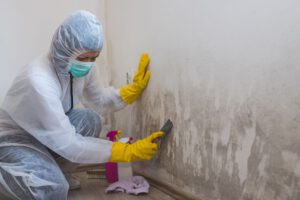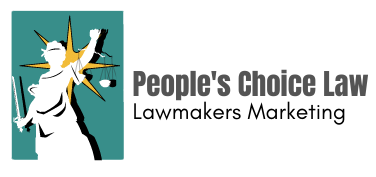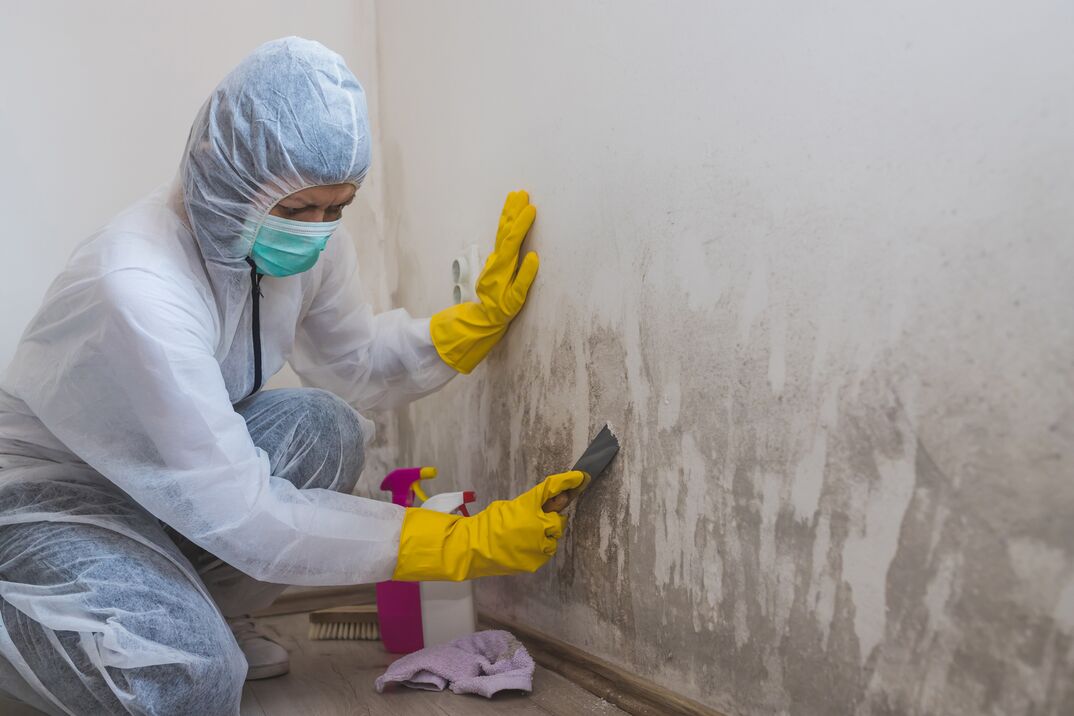If you’ve noticed mold in your home, your first thought is usually to get rid of it. However, mold removal is a challenging process. With a wide range of companies available, it can be difficult to know which one to hire. You may also be tempted to perform the treatment yourself, but you should rethink this decision. There are many risks involved, and it is not as simple as it seems.
Mold removal is a procedure that involves physically cleaning and removing mold from surfaces in your home. The process can be either invasive or non-invasive. Non-invasive mold removal is more effective and involves less reconstruction or repairs. In addition, non-invasive mold removal is less expensive.
Cleaning non-porous materials with soap and water is an effective way to remove mold from a surface. However, avoid using bleach, as it can pose a health hazard and should not be used routinely during mold remediation. After cleaning, seal the moldy items in plastic or disposable bags. These materials do not need to be disposed of as hazardous waste. You can also consult the EPA for tips on cleaning up mold from your home.
When cleaning a building, you should check for signs of hidden mold. Hidden mold can be present behind walls and ceiling tiles and may not be easily visible. It can also exist in ductwork or under carpets and pads. Roof leaks can also contribute to hidden mold. Whether it is visible or not, mold is a dangerous problem to have in your home.
If you are concerned about your health, it is a good idea to seek professional advice before starting work. Remember, the goal of mold removal is to remove any contaminated materials and correct the moisture issue. If you don’t do this, you risk further damage to building materials and furnishings. Moreover, mold can cling to porous materials, making it difficult to remove.
A mold removal technician needs to take all necessary precautions to prevent the spread of mold spores. They will use HEPA filters and specialized gear to clean out the area and avoid exposure. In addition, they will seal the area to prevent the further spread of mold.
Whether you have a contaminated home or an office, mold removal is essential. Mold growth in a home can affect the health of occupants and ruin materials. Common symptoms of exposure to mold include coughing, runny nose, sore throat, and wheezing. Some people even experience an increase in asthma symptoms. Because many types of molds contain allergens, it is important to remove any mold infestation as soon as possible.
Mold removal is a process that involves physically cleaning and removing areas of mold contamination. The type of material and type of mold contamination will determine how to remove it. In some cases, non-porous materials are cleaned or sanded in place. Once sanded, the mold-contaminated materials are wiped down with antimicrobial solutions.
If you are trying to get rid of a mold problem in your home, you may be wondering if bleach is the right solution. While bleach can kill mold on porous surfaces, it can also leave behind harmful fumes and a by-product known as dioxin. This substance is associated with many health problems, and while bleach can kill mold on the surface, it will not eliminate the spores that are present deep in the structure.
Firstly, bleach is ineffective in removing mold because it cannot penetrate porous surfaces. Mold reproduces through the growth of hyphae, which are similar to plant roots. In addition, the chemical does not remain effective for long, as water evaporates quickly from the mold surface, reducing its effectiveness. As a result, you might end up spraying more water than you have intended instead of bleach.
Using bleach to treat a mold infestation is not recommended, as it can jeopardize your health. While common household bleach is not toxic to humans, prolonged exposure can be dangerous. In particular, chlorine bleach produces dioxin, which is a known cancer-causing compound.
The best way to remove a mold problem is to identify the type of mold you have and then get rid of the source of moisture.

